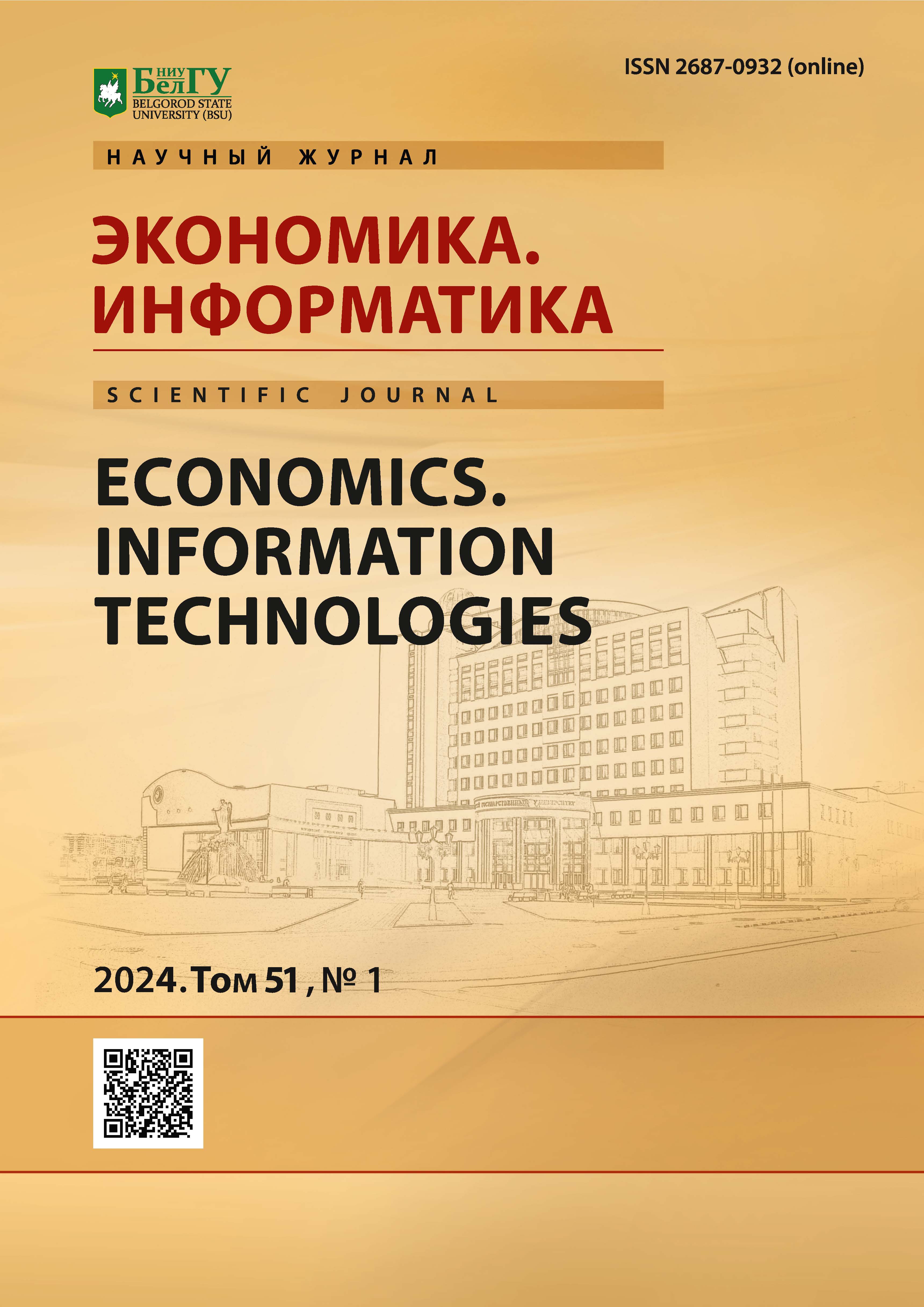SIR Model Dynamics: Insights into Epidemics and Vaccination
DOI:
https://doi.org/10.52575/2712-746X-2024-51-1-145-156Keywords:
SIR Model, Epidemic Dynamics, Mathematical Modeling of Infectious Diseases, Vaccination Strategies, Contact Ratio and Disease SpreadAbstract
This research focuses on the SIR mathematical model, analyzing disease dynamics in populations. The SIR model classifies individuals into Susceptible, Infectives, and Removed categories, guided by differential equations and key assumptions. Addressing questions on disease spread, maximum infectives, total impact, epidemic cessation, and vaccination effects, the study emphasizes the contact ratio's role. A high contact ratio leads to widespread disease, influencing infective numbers and population impact. Epidemic cessation depends on reducing the contact ratio, enhancing recovery rates, and vaccination. The study underscores vaccination coverage's importance, considering effectiveness and population immunization for effective pandemic control, particularly relevant in the context of COVID-19.
Downloads
References
Ahmad, Hamza Garba, Felix Yakubu Eguda, Bulama Mohammed Lawan, James Andrawus, and Babangida Ibrahim Babura. 2023. “Basic Reproduction Number and Sensitivity Analysis of Legionnaires’ Disease Model.” Gadau Journal of Pure and Allied Sciences 2(1):1–8. doi: 10.54117/gjpas.v2i1.60.
Al-Jebouri, Mohemid Maddallah. 2023. “Modellings of Infectious Diseases and Cancers under Wars and Pollution Impacts in Iraq with Reference to a Novel Mathematical Model and Literature Review.” Open Journal of Pathology 13(03):126–39. doi: 10.4236/ojpathology.2023.133013.
Chatterjee, Sourin, and Ahad N. Zehmakan. 2023. “Effective Vaccination Strategies in Network-Based SIR Model.”
Faris, William G. 2021. “The SIR Model of an Epidemic.”
Gupta, Samarth, and Saurabh Amin. 2023. “Uncertainty Informed Optimal Resource Allocation with Gaussian Process Based Bayesian Inference.” ArXiv Preprint ArXiv:2307.00032.
Nath, Siddharth, Ehsan Rahimy, Ashley Kras, and Edward Korot. 2023. “Toward Safer Ophthalmic Artificial Intelligence via Distributed Validation on Real-World Data.” Current Opinion in Ophthalmology 34(5):459–63.
Sharma, Manvi, Abhijeet Kulkarni, Anjan Katna, and Abi Tamim Vanak. n.d. “Reservoir Dogs: Consequences of Variable Contact Network Structures for Disease Spread in Free-Ranging Dogs.” doi: 10.1101/2023.04.06.535810.
Sikder, Arun Kumar, Md Biplob Hossain, and Md Hamidul Islam. 2023. “Compartmental Modelling in Epidemic Diseases: A Comparison between SIR Model with Constant and Time-Dependent Parameters.” Inverse Problems 39(3). doi: 10.1088/1361-6420/acb4e7.
Wang, Yingcheng, Ginenus Fekadu, and Joyce Hoi-sze You. 2023. “Cost-Effectiveness Analyses of Digital Health Technology for Improving the Uptake of Vaccination Programs: Systematic Review.” Journal of Medical Internet Research 25:e45493.
Yao, Lisha, Simeng Jia, and Ziqing Dai. 2023. “Simulation Analysis of COVID-19 Epidemic Model in Wuhan Based on SIR Model.” Pp. 289–94 in Second International Conference on Digital Society and Intelligent Systems (DSInS 2022). Vol. 12599. SPIE.
Oxford University Department for Continuing Education. 2021. "Pandemic Dynamics series: Dr. Tom Crawford." https://www.conted.ox.ac.uk/profiles/tom-crawford
Our World in Data. 2023. "COVID-19 Data Explorer." Accessed December 29, 2023. Available at: https://ourworldindata.org/covid-cases.
Abstract views: 740
Share
Published
How to Cite
Issue
Section
Copyright (c) 2024 Economics. Information Technologies

This work is licensed under a Creative Commons Attribution 4.0 International License.


